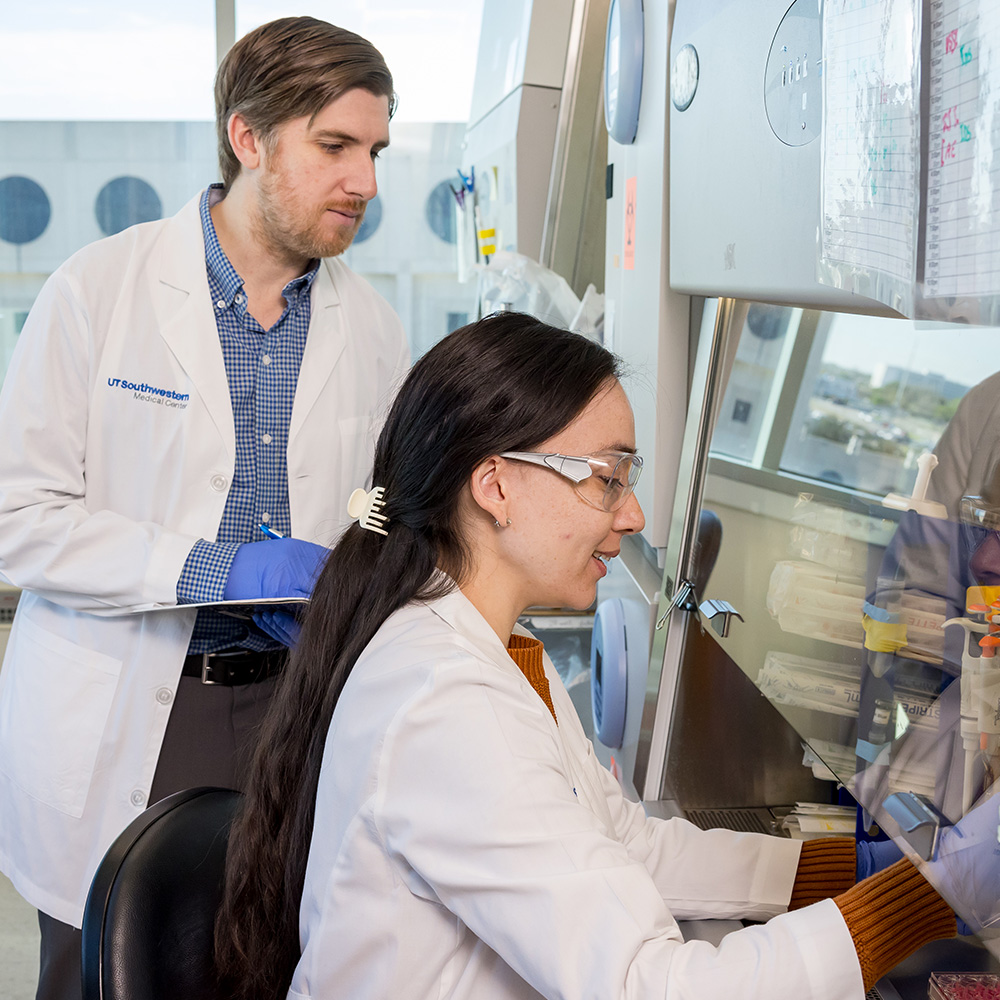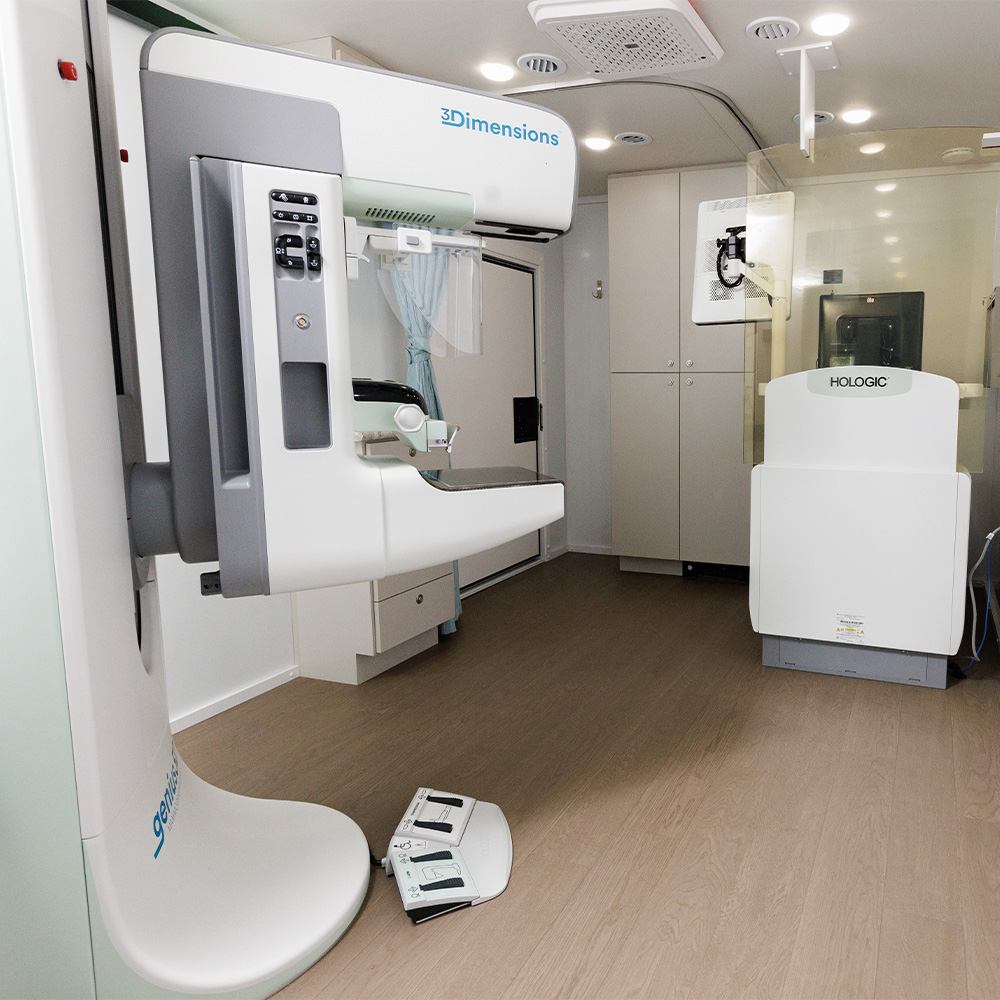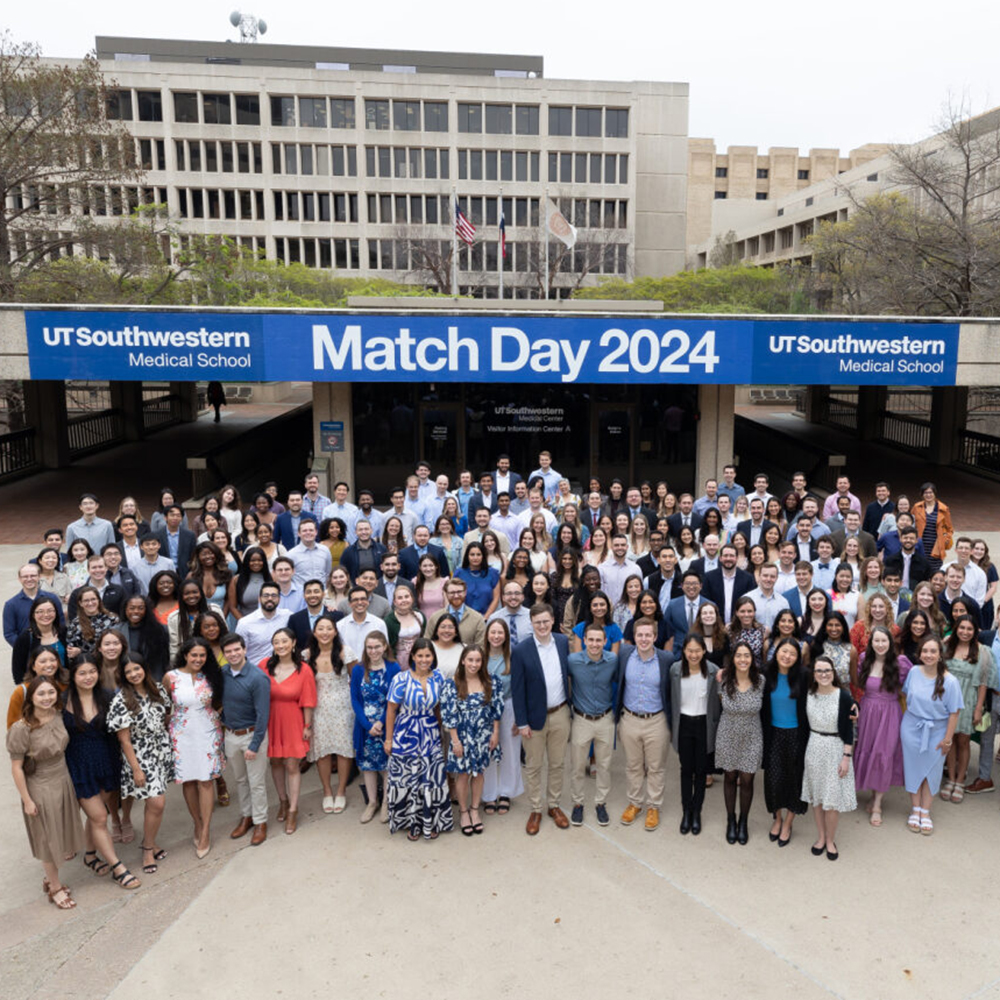UTSW’s new Radiation Oncology Building – and what’s in it for patients
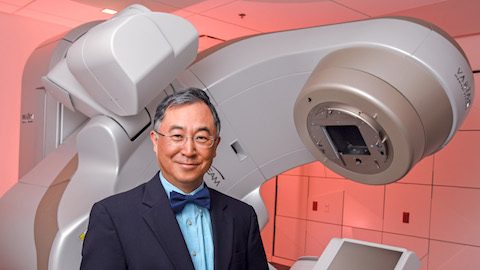
The new Radiation Oncology Building – part of the Harold C. Simmons Comprehensive Cancer Center and an outpatient clinic of William P. Clements Jr. University Hospital – represents yet another indicator of the growth of UT Southwestern Medical Center’s cancer services, both in numbers and in reputation.
Radiation oncology services at the clinic are centered at a new, 63,000-square-foot facility located on UT Southwestern’s East Campus. The three-story building – the largest individual facility for radiation oncology in North Texas – is structured in a way that enhances the delivery of quality care, creates efficient patient management, promotes collaboration among caregivers, and ensures high levels of patient safety. The facility includes some of the field’s most technologically advanced equipment for treating cancer.
Dr. Hak Choy, Chairman of Radiation Oncology, recently spoke about details and plans for the new facility. Dr. Choy is globally known for his pioneering work in the field, beginning in the early 1990s, combining chemotherapeutic agents with radiation treatment. He specializes in treating patients with small cell lung cancer, non-small cell lung cancer, and metastases of lung cancer to other sites.
What's special about the new Radiation Oncology Building?
There’s nothing else like it in North Texas. Inside its walls is some of the field’s most technologically advanced equipment for treating cancer.
That includes the next-generation CyberKnife, which is a robotic radiosurgery system. We have more experience with CyberKnife than any other center in Texas. The new model – the M6 – has the ability to check its accuracy while it’s treating patients, which is very important when you’re using radiation.
CyberKnife, for the most part, has been used to treat brain and spine tumors. This newest generation is so accurate, however, that we’re expanding its use to other areas of the body. One of our goals is to use these high-tech machines more broadly so that they can benefit a wider number of patients with cancer.
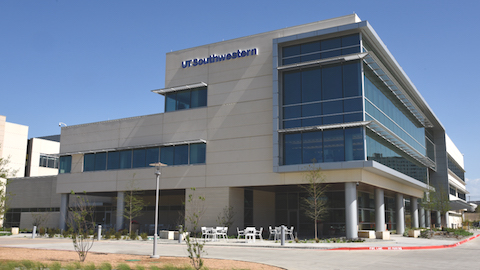
What other high-tech equipment in the building will benefit patients?
Later this year, UT Southwestern will become just the second center in the U.S. to offer the GammaPod, which is an advanced form of technology that’s designed specifically to treat early-stage breast cancer. Standard therapy for breast cancer has often involved surgery to remove the tumor, followed by weeks of radiation therapy to ensure that all cancer cells are removed.
The GammaPod, however, could eventually help to eliminate invasive surgery and dramatically reduce treatment time. Rather than weeks of treatment, patients undergo just a handful of treatment sessions. And the technology’s high degree of accuracy minimizes damage to surrounding healthy tissue, as well as to the heart, lungs, and skin.
Anything else patients should know as they consider treatment options?
The new building houses six of the most advanced linear accelerators that produce patient-specific therapeutic beams, making it highly personalized treatment. Among other things, these linear accelerators feature laser surface imaging, which interrupts a radiation beam if the patient moves out of position.
Each machine also is capable of delivering radiation as it rotates around a patient, which offers significant organ-sparing features. In addition, the machines have the most advanced imaging capabilities, so we can do CT scans in the treatment room while a patient is in treatment position.
Overall, no one has the range of equipment and technology that we do.
Dr. Choy holds The Nancy B. & Jake L. Hamon Distinguished Chair in Therapeutic Oncology Research.

